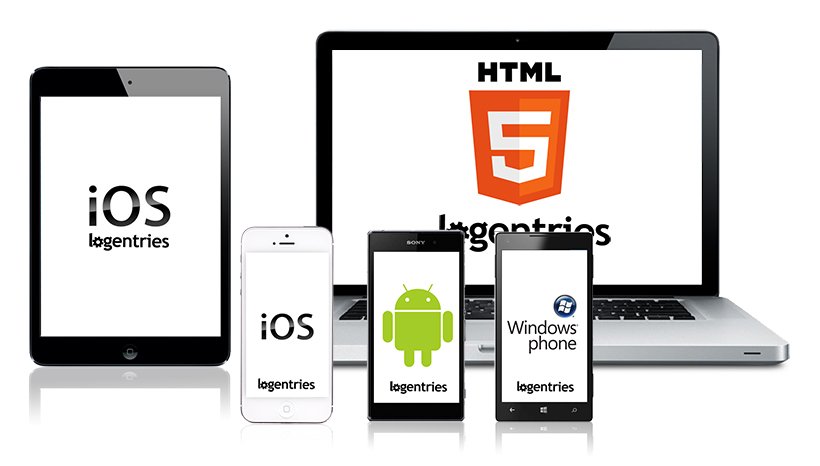Last updated at Mon, 30 Oct 2017 14:29:18 GMT
In the past it was assumed that the web-based interface was the most important, and often the only, path for a user to access content or a product. But those days are gone and now companies must embrace supporting multiple interfaces on different platforms in order to satisfy their users. With customers looking to use a mix of clients, with the most common being Web, iOS, Android and Windows Phones, companies need to invest in optimizing for these channels and, hence, protecting their investments.
With this wide range of channels a new range of issues emerge that need to be monitored and addressed by a business. One of the most important is ensuring that a good level of service is supplied to users across all the supported user interfaces.
 If users are receiving slow responses or failures within an application then this can lead to a loss of customers, which is never good. But, by implementing some Real User Monitoring (RUM) within all the user facing applications, a business can track their app’s performance from a user perspective and, hence, be proactive should any issues be identified. Currently most businesses depend on feedback from their users to help identify issues or problems. This can often come too late because, by the time they get this information, they could already be losing customers.
If users are receiving slow responses or failures within an application then this can lead to a loss of customers, which is never good. But, by implementing some Real User Monitoring (RUM) within all the user facing applications, a business can track their app’s performance from a user perspective and, hence, be proactive should any issues be identified. Currently most businesses depend on feedback from their users to help identify issues or problems. This can often come too late because, by the time they get this information, they could already be losing customers.
By using Real User Monitoring, such as our client libraries for the iOS, Web, Android and Windows Phones you can gain real time insight into your applications and be sure that you are aware and can react when issues arise.
Real User Monitoring can help track key metrics and information from across your whole front-end and identify issues such as:
- What clients are being used to connect to your system and how they breakdown
- Real time user numbers
- App usage depending on time or day
- Client function/feature usage across all clients
- Breakout of function/feature usage on individual clients
- Response times for different actions across all your clients
- Breakout response times for individual actions on specific clients and even devices
- Errors caught within the clients
All of the above can be easily achieved with our libraries. By simply using a common log format across all your clients (possibly being channeled into a single log by using a single token) you get a single source for all your key user facing metrics which can easily be combined or filtered to cut and dice the data as required.
A sample log entry could be:
12:43.21 12/03/14 – client=Android userID=12345678 action=’like’ actionRecipientID=12322333 responseTime=134 serverResponse=200 device=’HTC One’
From this single entry we can see what client is being used and on what device, what action the user performed and when, how long it took for the client to respond to the user and that it was successful, and the user ID so we can track users on a individual basis across a session.
You can very quickly create some visualizations within Logentries by creating tags to mark these important incoming metrics, and then create graphs using our graphing tool utilizing these tags and hence get real time insights into your all your front end clients in one simple easy to use location.
